
iRobot
Key Features
Advanced mapping, obstacle avoidance, powerful suction, self-emptying bin, and personalized cleaning suggestions powered by iRobot OS for effortless home maintenanceIdeal for pet owners and busy households
Perfect for maintaining clean floors in homes with pets, children, or frequent messes, offering hands-free operation and targeted spot cleaningPraised for its intelligent cleaning capabilities
Customers appreciate its ability to learn and adapt to home layouts, avoid obstacles, and provide customized cleaning schedules for a truly automated experienceExceptional
Pet owners face daily cleaning challenges with fur everywhere. Robot vacuums for pet hair make life much easier now. These smart tools help keep floors clean all day. 🐾
Modern pet hair vacuum robots work better than ever before. They spot pet messes and avoid them well. Smart features help clean different floor types.
The best robot vacuums learn home layouts and pet habits. They know when pets shed more in certain spots. Their strong suction pulls up all types of fur.
Our guide looks at the top choices for pet homes. Each vacuum meets strict testing rules, so you can learn what makes these tools work best.
Roomba j7+ leads in smart pet mess detection today. It spots and avoids pet accidents completely. The system learns home layouts for better cleaning. 🏆
The PrecisionVision system makes this unit special for pet homes. It sees and dodges pet messes and toys. Clear photos help plan better cleaning paths.
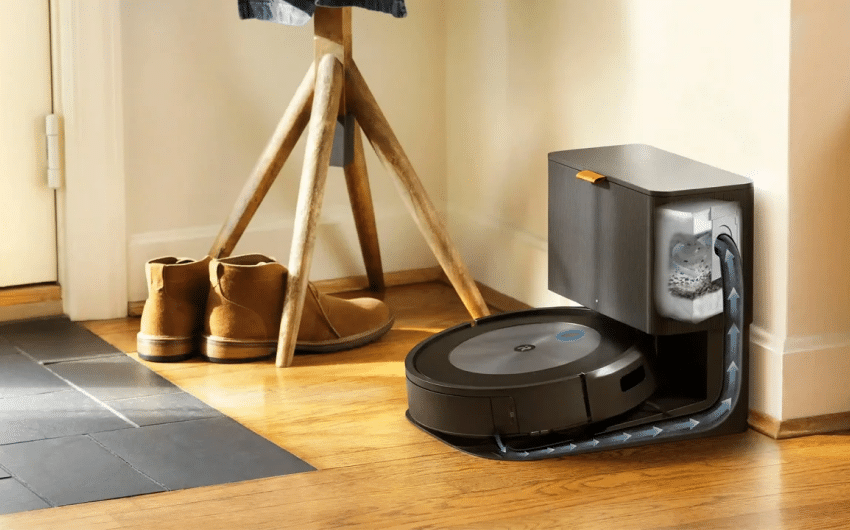
This vacuum cleans different rooms well using smart mapping. It remembers up to ten-floor plans at once, and users can tell it where to clean next.
The auto-empty base holds weeks of pet hair. Strong suction pulls up all types of fur. With its smart features and power, this proves to be the best robot vacuum for pet homes.
https://www.youtube.com/watch?v=yFuuRpJQaic
Roborock Q5 Max+ uses powerful suction to clean pet hair. The 5500Pa system pulls fur from any floor type. Seven weeks of hands-free cleaning make life easier.
The DuoRoller brush catches pet hair without getting tangled up. Smart design helps prevent hair wraps completely. Deep cleaning happens in one pass.
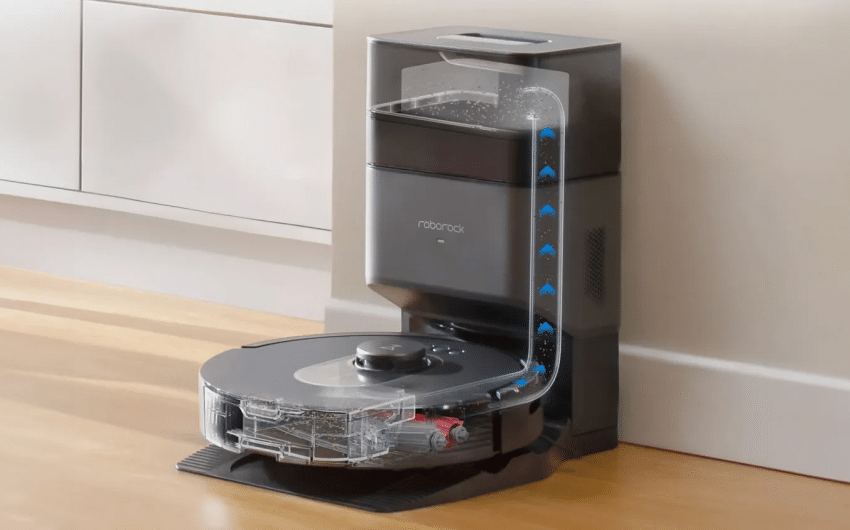
LiDAR navigation helps map homes quickly and accurately. The system easily learns multiple floor plans, and smart routes mean better cleaning coverage.
Voice commands make this vacuum simple to use. Users just speak to start cleaning. The app gives full control from anywhere.
Eureka E10s offers smart features for pet homes. The bagless system saves money over time. Strong suction pulls up pet hair well.
The multi-cyclonic system keeps filters clean longer. HEPA filters catch tiny pet dander particles. This means cleaner air at home.
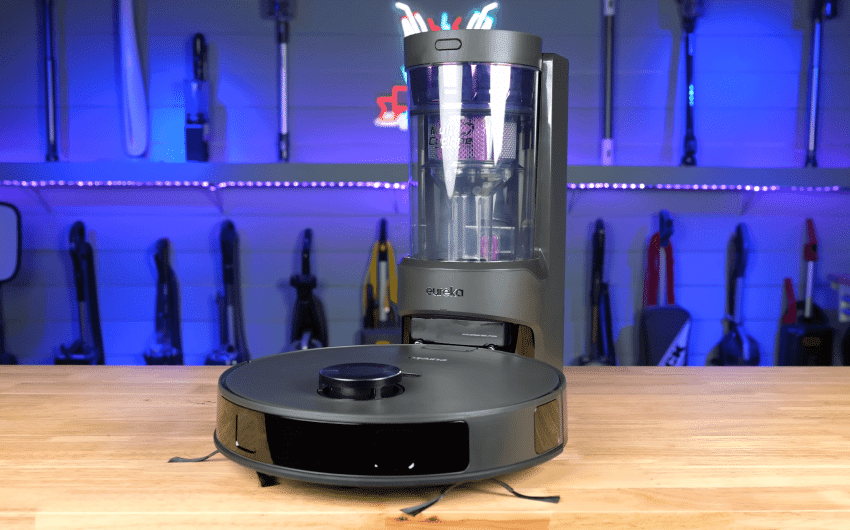
LiDAR mapping helps create smart cleaning paths. The vacuum spots furniture and walls clearly. Corner cleaning works much better.
This model mops floors while it vacuums. The mop lifts up on carpets automatically. The long battery life easily covers whole homes.
Note: Green highlights indicate category-leading features. All specifications are based on manufacturer data.
Pet hair creates special cleaning needs in any home. Regular vacuums might miss a lot of pet fur. Smart features help solve these problems better than standard cleaning tools.
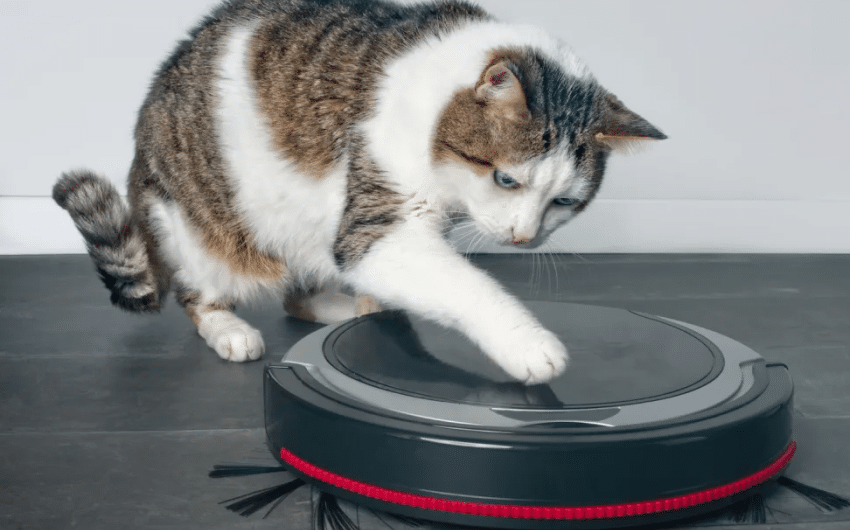
Different pets create unique cleaning challenges every day. Short-haired pets shed tiny fur that sticks to carpets deeply. Long-haired pets leave fur that spreads around rooms easily.
Understanding these patterns helps plan better cleaning schedules. Each pet type needs different cleaning approaches. Good robot vacuums adjust to these changing needs throughout the year.
Each floor type needs special cleaning methods for pet hair. The carpet holds more fur than smooth floors do. Deep pile carpets need extra strong suction power to reach buried fur. Light-colored floors show every bit of pet hair clearly.
Robot vacuums must handle these floor changes smoothly. Good models switch modes automatically between surfaces. This helps keep every floor type clean without manual settings changes.
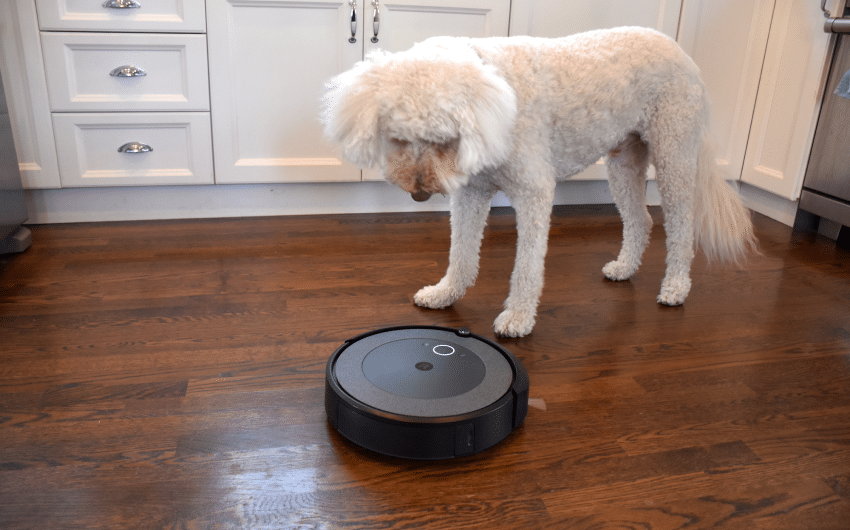
Pets create special traffic patterns in their homes. Favorite spots collect more fur than other areas. Food areas mix kibble bits with dropped fur. Play zones spread fur around in unique patterns. Sleep spots build up thick fur layers quickly.
Smart mapping helps robot vacuums learn these special zones. They can clean pet areas more often than others. Some models even boost power around pet beds automatically.
Finding the right robot vacuum for pet hair needs careful thought. Different features solve different pet cleaning problems. Understanding these features helps make smarter choices for pet homes.
Smart features make pet hair cleaning almost automatic. The right tools turn daily challenges into easy tasks.
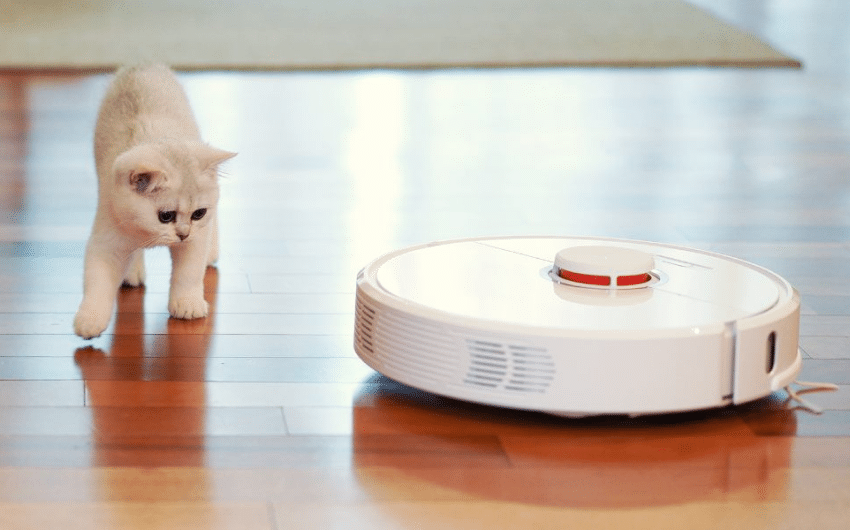
Strong suction makes the biggest difference in pet hair cleaning. Basic units often miss deeply trapped fur. Top models pull fur from any floor type. Smart power systems change strength based on floor types and mess levels.
Good suction also helps catch flying fur. Strong airflow pulls in loose fur before it spreads. This keeps pet hair from building up in corners.
Brush systems need special designs for pet hair. Regular brushes tangle quickly with fur. Anti-tangle designs keep brushes working longer between cleanings. Some brushes automatically adjust height for different floors.
Good brush design helps prevent maintenance problems. Easy-clean brushes save time on upkeep. Quick-release features make brush cleaning simple.
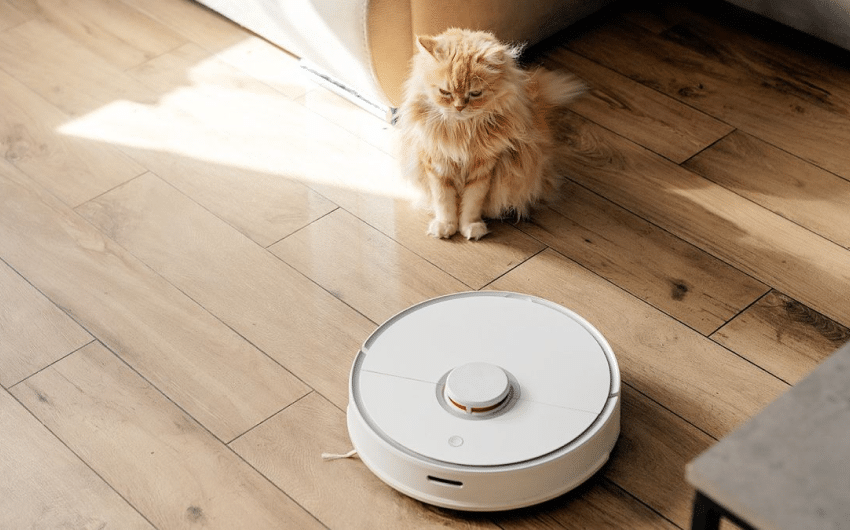
Smart mapping makes a big difference in pet homes. Good systems learn pet traffic patterns well. They avoid pet bowls and toys automatically. Some can even spot and dodge pet accidents completely.
Modern navigation continues to work well at night, too. Sensors help units work in low light, which means quiet cleaning while pets sleep.
Pet homes need better filters than regular homes do. HEPA filters catch tiny dander particles well. Big bins hold more pet hair between emptying. Self-emptying bases make maintenance much easier.
A good bin design prevents fur from sticking inside. Easy-clean bins make maintenance quick, and clear windows show when emptying is needed.
Getting the best cleanup needs some simple daily steps. Small changes make big differences in cleaning results. Good habits help robot vacuums work better with pet hair.
Smart preparation leads to better cleaning results. Daily habits make robot vacuums work more effectively.
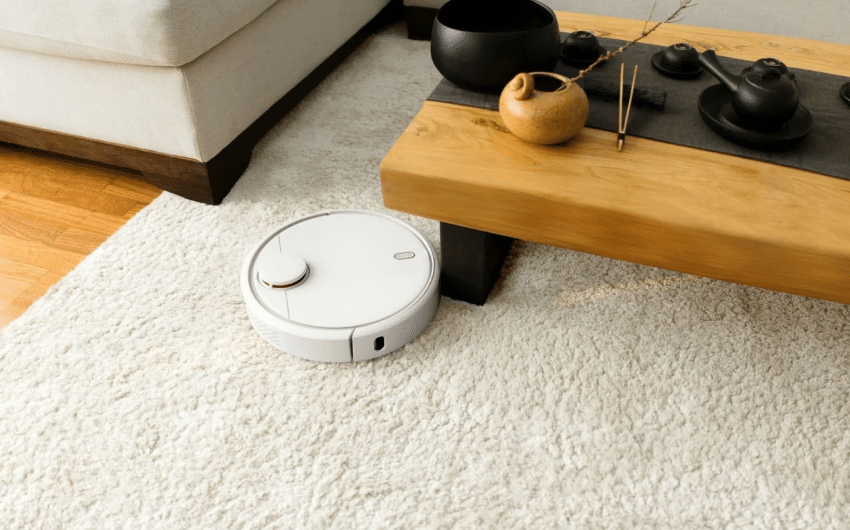
Clean floors need clear paths first. Loose items can completely stop robot vacuums. Pet toys need to be picked up before cleaning starts. Cords and cables should stay off floors during cleaning cycles.
Good preparation helps robots clean more areas better. Clear floors mean complete cleaning coverage. This helps catch all pet hair effectively.
Smart scheduling makes cleaning work better with pets. Different times work better for different homes. Multiple cleanings catch more pet hair each day. Some pets need special timing considerations.
Good timing helps prevent pet stress too. Regular schedules help pets adjust better. They learn when cleaning happens normally.
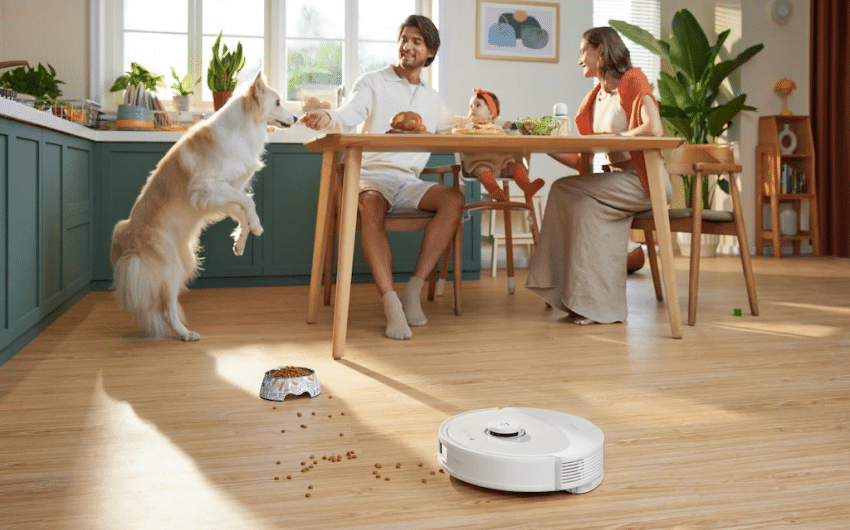
Different areas need different power levels for best results. Carpet needs more suction than hard floors do. Smart power use helps batteries last longer. Auto-adjust features make power changes automatically.
Good power management keeps cleaning strong all cycle. Battery life lasts longer with smart power use. This means better cleaning coverage overall.
Pet hair needs more frequent maintenance than normal dirt. Regular cleaning prevents performance problems early. Simple tasks make big differences in results. Quick checks catch issues before they grow.
Regular care keeps suction strong for pet hair. Clean parts mean better performance levels. Quick maintenance saves time on deeper cleaning.
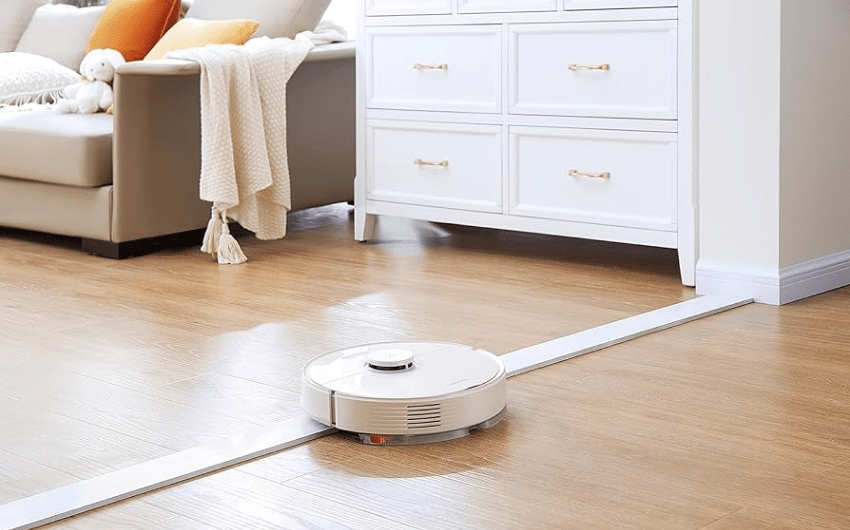
Monthly deep cleaning helps prevent bigger problems. Taking units apart needs careful attention. Each part needs proper cleaning methods. Reassembly order matters for good results.
Good cleaning extends unit life significantly. Clean parts work better together. This means more effective pet hair cleaning.
Pet hair can create unique problems for robot vacuums. Most issues have simple fixes that work well. Understanding common problems helps prevent them early. Quick solutions keep units running at their best.
Early problem solving prevents bigger issues later. Smart care keeps robot vacuums working well with pet hair.
Hair tangles often occur in pet homes. Long fur wraps around moving parts easily. Regular checks stop serious tangles from forming. Quick cleaning prevents damage to brushes and wheels.
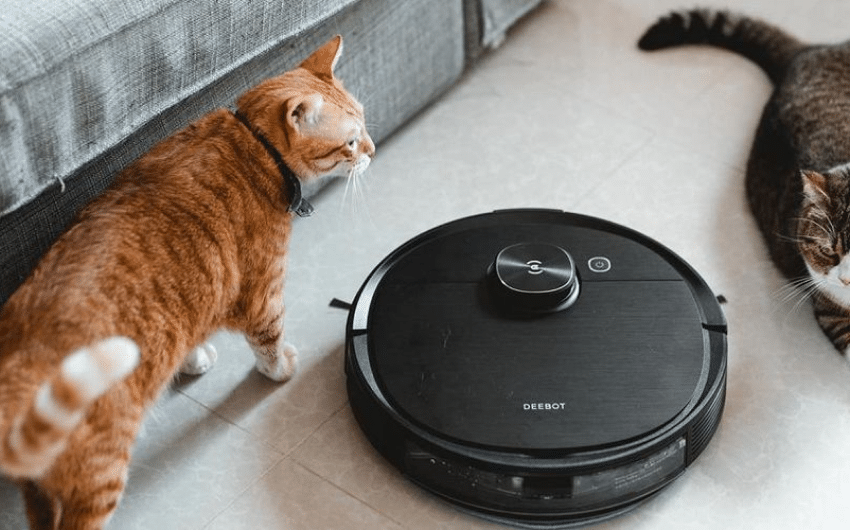
Good tools make hair removal much easier. Cleaning brushes catch problems early. Regular checks prevent motor strain issues.
Pet items can confuse robot sensors sometimes. Toys might look like obstacles to units. Dark pet beds might seem like stairs. The smart setup helps prevent these problems.
Good navigation keeps cleaning routes working well. Clear paths mean complete room coverage. Smart mapping remembers pet area locations.
Most pet homes need daily vacuum runs to handle shedding. High-shedding pets might need two runs each day. Smart schedules help catch fur before it spreads. Many owners run their robots while at work.
Modern robot vacuums handle long pet hair much better. Anti-tangle brushes prevent most hair wraps, and regular brush cleaning helps prevent problems. Good models easily pull up long fur.
In pet homes, filters need to be changed every two to three months. Heavy shedding might require monthly changes. Some filters can be washed and reused. Watch for reduced suction as a sign.
Smart robot vacuums now spot and avoid pet accidents. Cameras help them see different objects clearly. Good models learn what to clean and avoid. Updates make detection better over time.
Today, self-emptying bases handle pet hair very well. Most bases hold several weeks of pet fur. Regular bag changes keep things working right. Some models compact fur for more space.
Pet hair robots need at least weekly brush cleaning. Bins need checking every few days. Sensors need monthly cleaning to work well. Simple care keeps them running strongly.